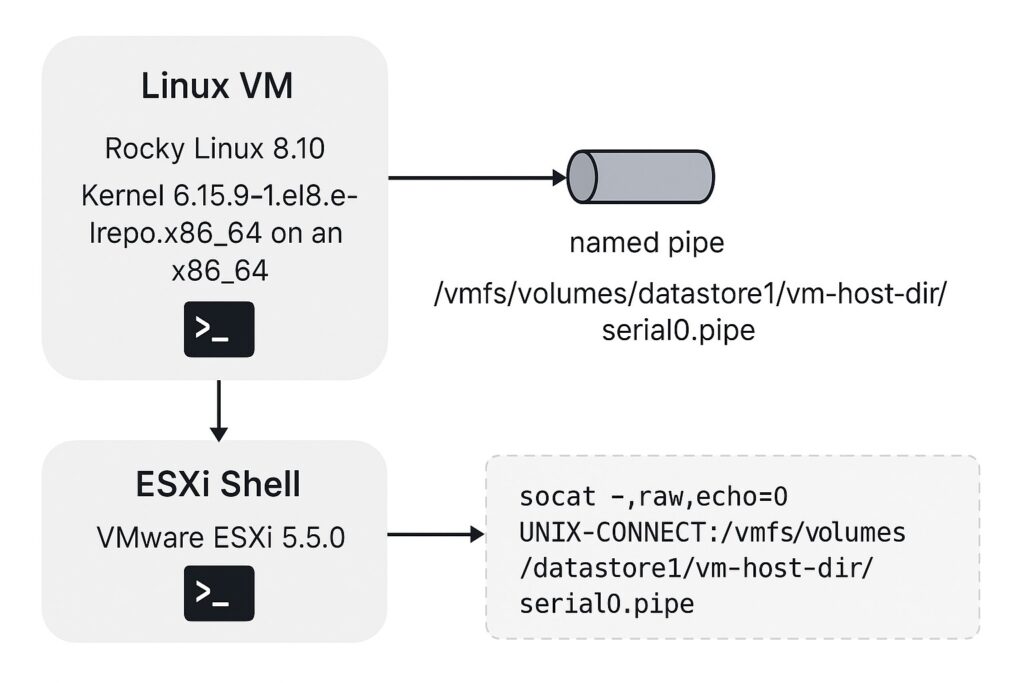If you’ve ever had to deal with those ancient Java-based tools — like IPMI KVM consoles, iDRAC virtual media, or some random vendor’s “management” interface — you know the drill:
Modern browsers hate them, Java updates break them, and you end up stuck on some old machine that still works “because we never touch it.”
What It Is
It’s an Ubuntu 18.04 desktop inside a Docker container, with:
- XFCE desktop (light and quick)
- VNC server (so you can connect from anywhere)
- Firefox 45 ESR (last version that supports Java applets)
- Java 8 plugin already set up
- A shortcut on the desktop to open Firefox with Java ready to go
Basically, you spin this up, connect via VNC, open the site, and the applet runs — no fighting with your main system.
How to Run It
1 – Clone the repo
# git clone https://github.com/heroseloi/docker-java-apples.git
# cd docker-java-apples2 – Make the script executable and run it:
# chmod +x run.sh
# ./run.sh
3 – Connect with a VNC client to:
localhost:5901
Password: docker
Before building, edit:
java_config/exception.sites
Add the URLs or IP ranges for the sites you’ll visit — otherwise Java will block them.
Why This Beats the Old Way
- No mess on your host — you’re not installing old Java system-wide.
- Guaranteed browser compatibility — Firefox 45 ESR just works with the plugin.
- Portable — run it anywhere Docker runs.
- One-click start — once the container’s up, just click the desktop shortcut inside the VNC session.
This is for those times when you have to use an old Java applet, but you don’t want to ruin your main system to make it work.
Repo’s here:
https://github.com/heroseloi/docker-java-apples

